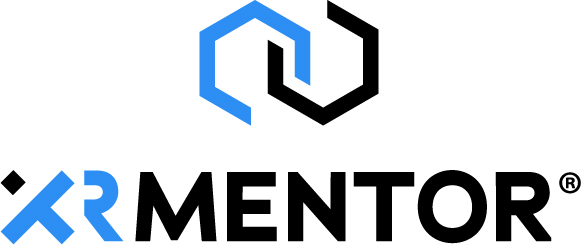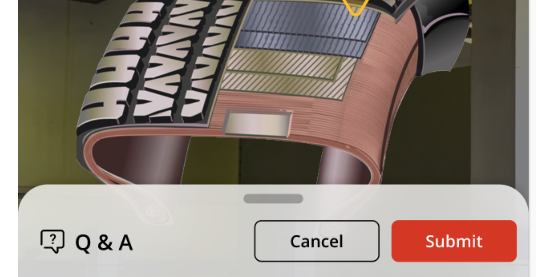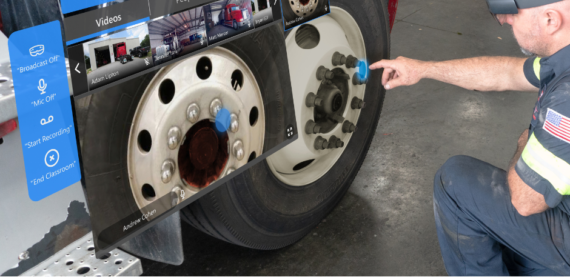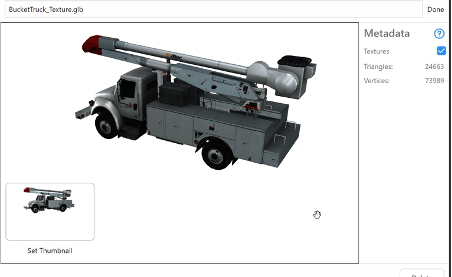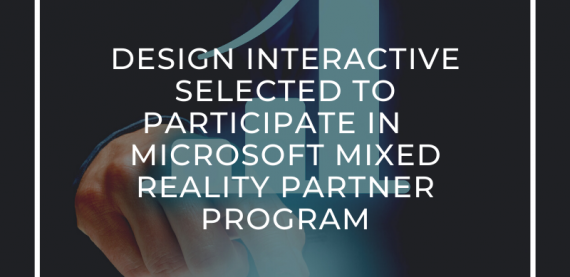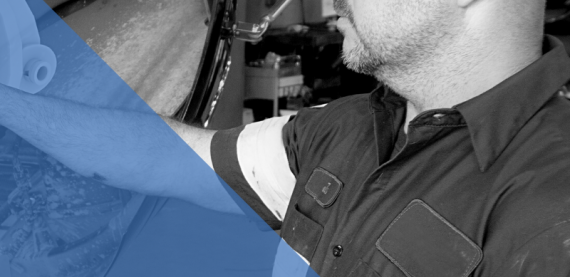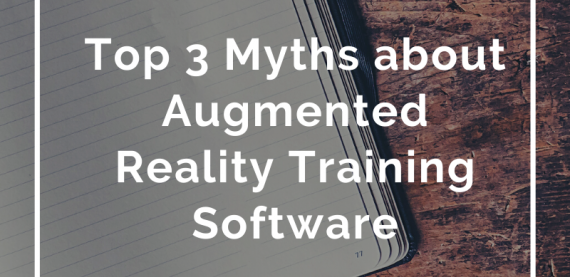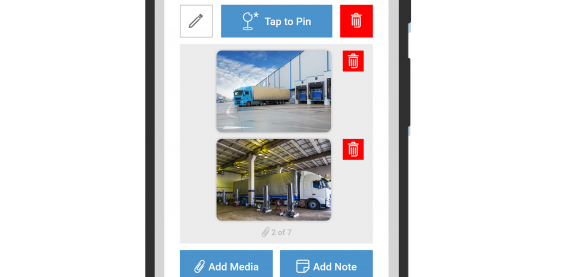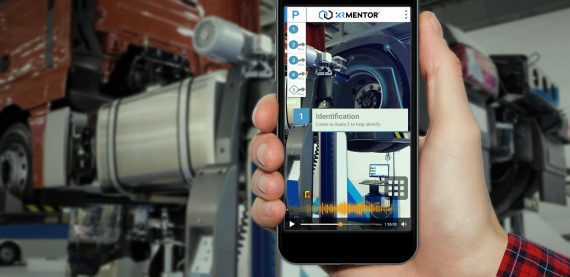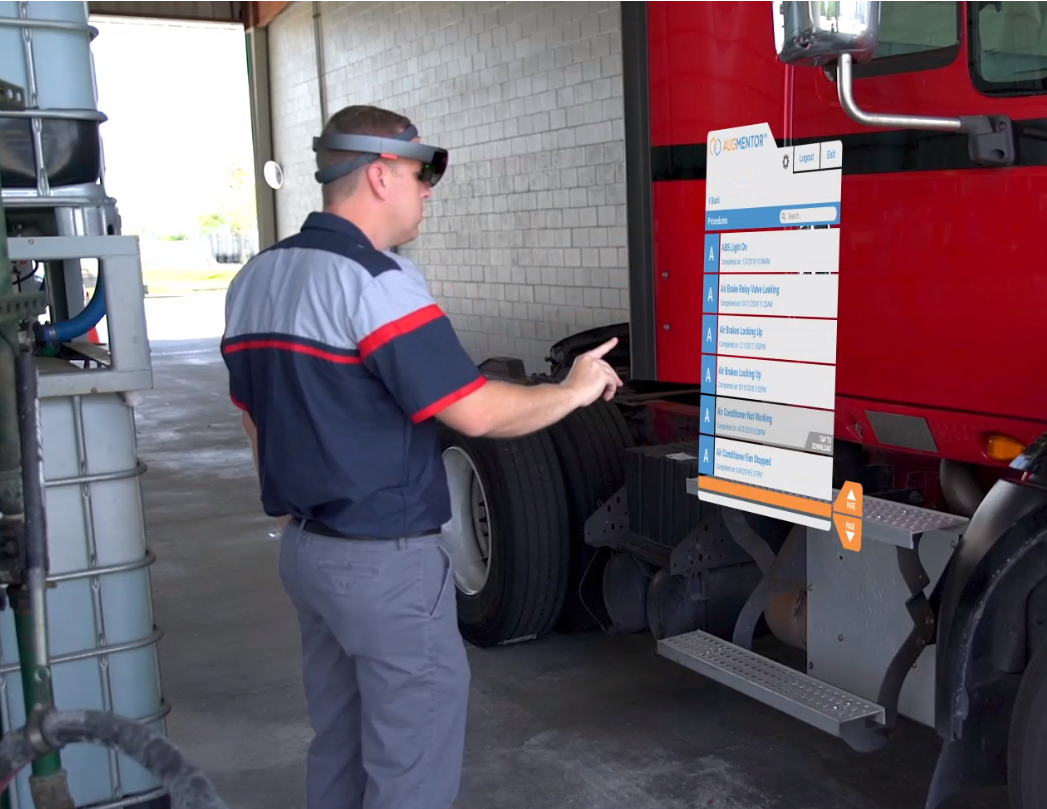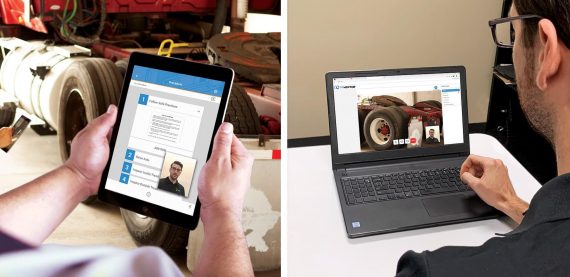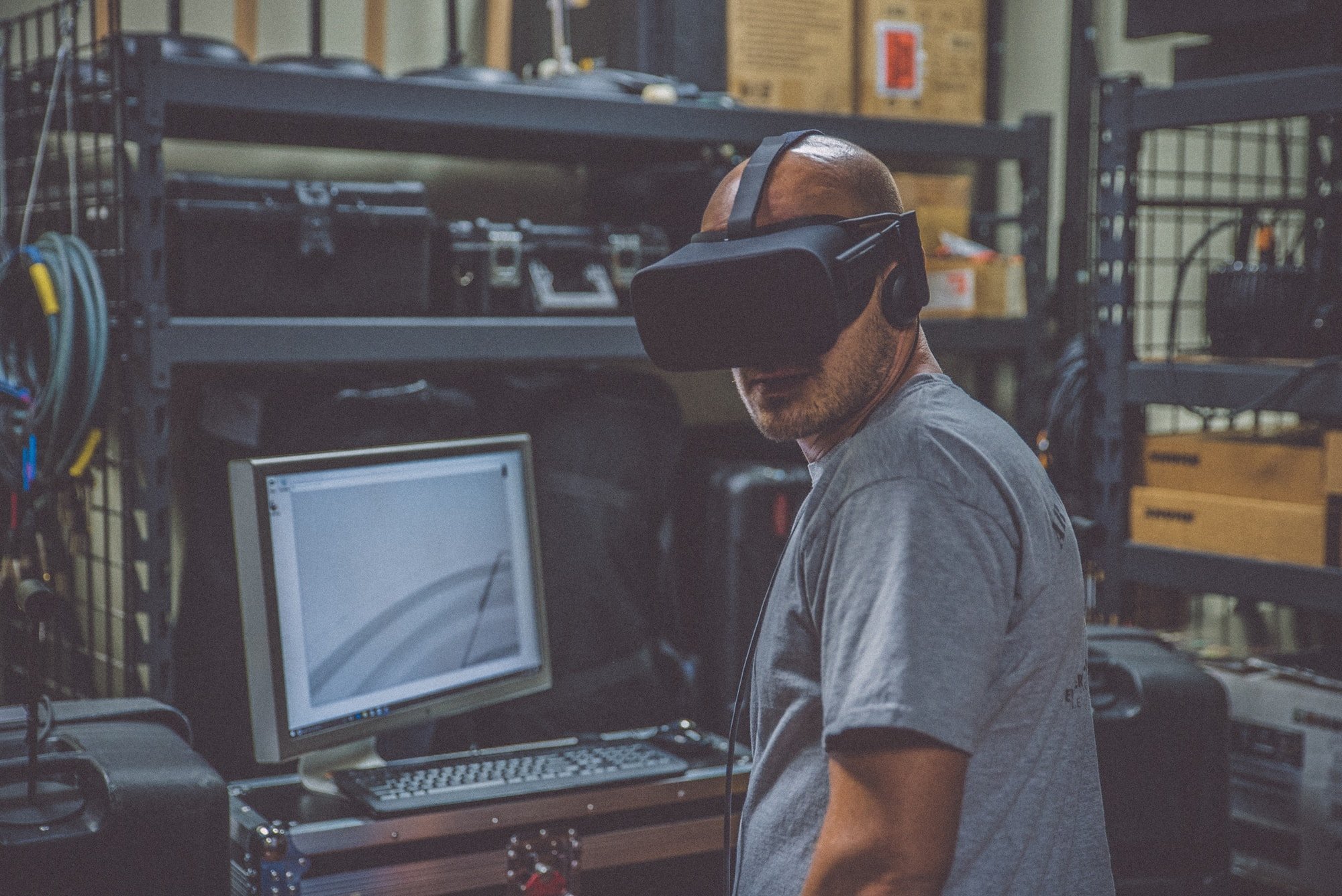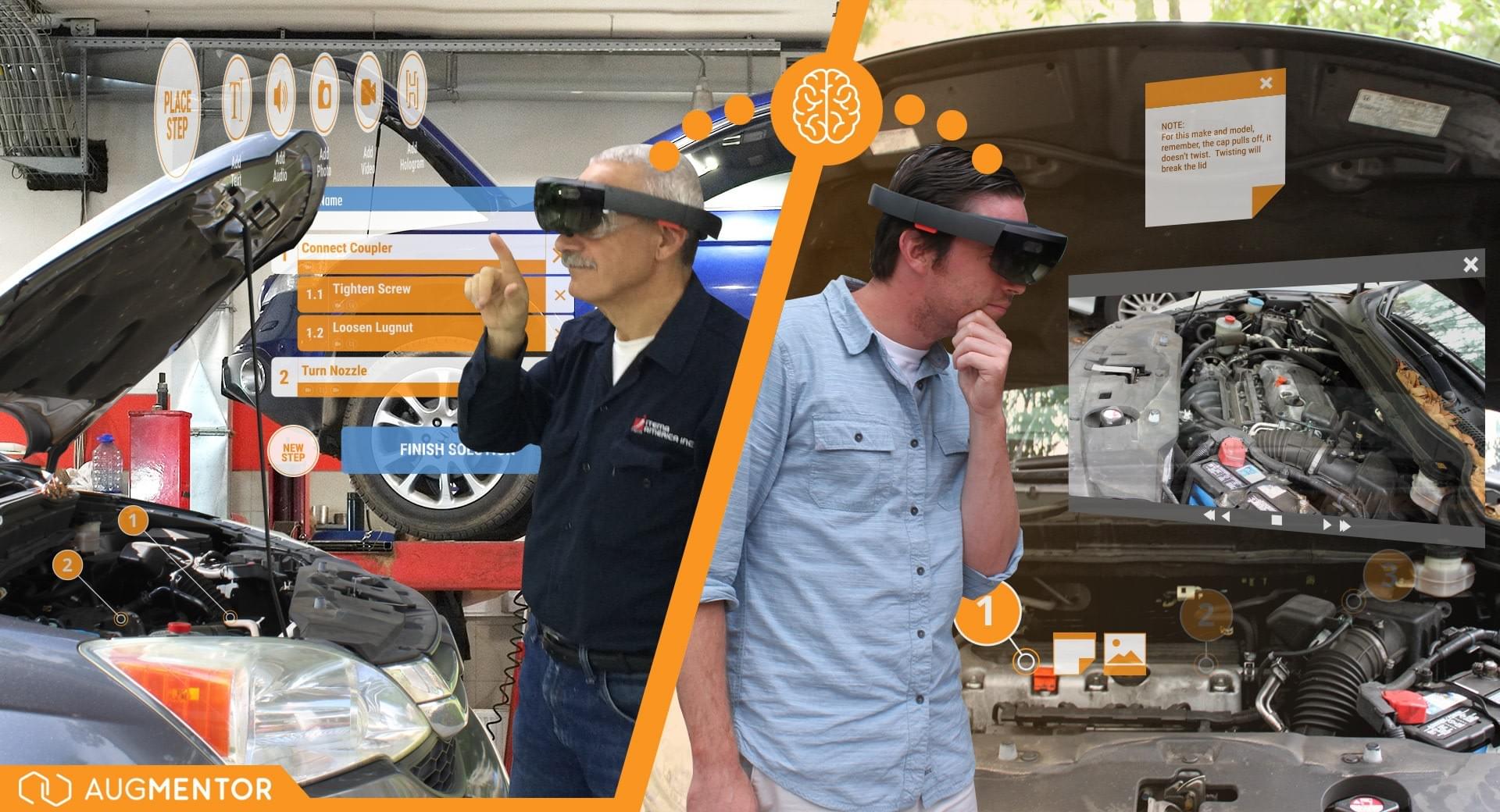A rapidly aging workforce coupled with a global pandemic has create a tremendous skills gap. The demand for a safe work environment has created a challenge for businesses that already struggle to attract millennial workers. Image you’re a recent college graduate, you’ve grown up and received an education in a world defined by technology such as smartphones and tablets. You’ve now graduated into a work environment that requires social distancing , remote collaboration and distance learning. Unfortunately some industries haven’t been able to keep up with the ever changing world of technology. So how does a nuclear power facility built more than 50 years ago appeal to a prospective job candidate while providing a safe work environment? How would a trucking company attract millennial workers to join a firm that is reliant on paper documentation, technical manuals and classroom instruction?
Virtual, augmented and mixed reality may be part of the answer. Decades ago, this technology was isolated to the world of academic or military research. The breakthrough came in the form of Oculus. A low cost virtual reality headset developed by a millennial for millennial gamers. With the implementation of eXtended Reality companies now have the opportunity to train, assess skills and learn on a digital platform. A market once defined by low fidelity graphics at high cost can now immerse you in high fidelity simulations for less than $500.
If you interested in learning more about what the difference is between virtual, augmented and mixed reality you can check out our blog post here.

With a plethora of augmented reality head mounted displays available for under $2000, the initial cost of implementing an AR training process can depend greatly on the amount of headsets you purchase as well the cost of software license. The greatest advantage that augmented reality solutions have over virtual reality, is its ability to be utilized on mobile devices. With almost everyone carrying a smart device, their is no longer a need to worry about lengthy training sessions to teach employees how to utilize the software. It’s as simple as holding up the device and digital components will start to populate. When looking to attract the next generation of workers, having a forward thinking training solution maybe what sets your organization apart from another company when looking to compete for new talent. Ultimately understanding that augmented, virtual, and mixed reality is the future of training and remote work, the opportunity is here to leverage these solutions to attract the next generation of our workforce.
Consider a young high school graduate selecting a trade. They’re torn between selecting a welding trade or possible entry into the trucking maintenance realm. During visits to the education facilities, they are exposed to what seems like a traditional classroom-based instruction, coupled with a hands-on apprenticeship with a trucking firm. The welding school, on the other hand, introduces them to their virtual and mixed reality training platform and a comparatively progressive integration of technology into the curriculum. What might peak their interest? Will the technology sway their decision? Now return for a moment to that prospective recent college graduate. They have received two job offers in the trucking industry. With firm A they will go through an impressive apprenticeship program and be paired with a mentor. They will learn on the job and over time rise through the ranks through traditional training and education methods. Firm B introduces them to their augmented reality program. Experts around the country have shared their tribal knowledge with the enterprise making it available heads up, at their finger tips. Instead of depending on outdated training materials, new employees can connect remotely with master technicians and virtually train on 3D parts without leaving their home.
Now which might that candidate choose? The technology is not the only answer, though it might help make a firm or the education
network more attractive to the candidate. There is a cost to the hardware and, unless you opt for custom developed software through work for hire, there is a recurring cost in the form of licensing of or subscription to software. Of course, significant thought needs to be given to the
impact on the existing apprenticeship and mentoring program. The skills gap is real. The workforce is aging. Competition will be fierce for the millennials (and younger) generation to fill those positions.
XRMentor ™ is an augmented reality maintenance and repair software solution. Developed by Design Interactive, you can start to Replicate Your Experts® today. To learn more about how we can leverage technology to improve your business processes, contact us.
